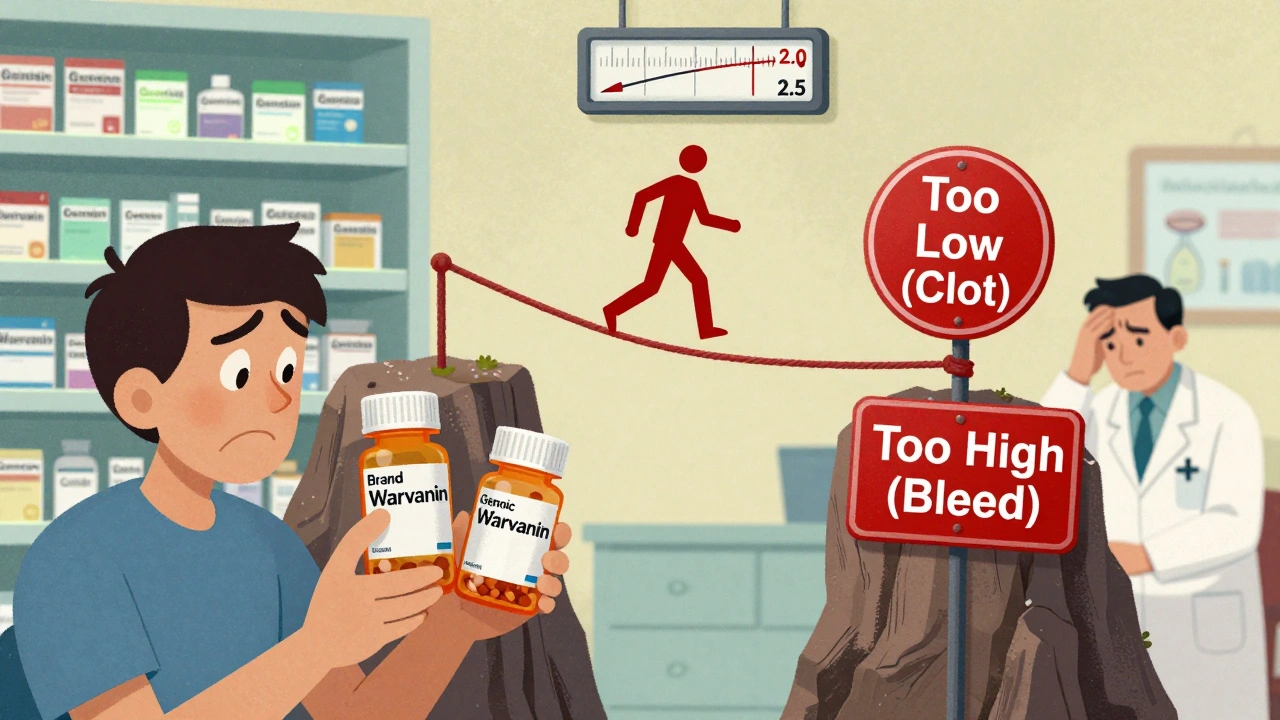SNRI vs SSRI: Which Antidepressant Fits Your Needs?
When comparing SNRI vs SSRI, two leading classes of antidepressants that block the re‑uptake of brain chemicals to boost mood. Also known as antidepressant comparison, it helps clinicians and patients weigh benefits against risks. Selective Serotonin Reuptake Inhibitor targets only serotonin focuses on a single neurotransmitter, while Serotonin‑Norepinephrine Reuptake Inhibitor blocks both serotonin and norepinephrine offers a broader reach. Understanding these mechanisms is the first step toward an informed choice.
Mechanism of action defines the core distinction. SSRIs bind to the serotonin transporter (SERT) and prevent serotonin from being pulled back into neurons, raising its level in the synaptic gap. SNRIs attach to both SERT and the norepinephrine transporter (NET), increasing two mood‑regulating chemicals at once. This dual effect can translate into stronger relief for certain anxiety or pain conditions, but it also adds a layer of complexity when monitoring side effects.
Both classes are first‑line treatments for major depressive disorder, yet they diverge in the secondary conditions they address. SSRIs excel in treating pure depression and obsessive‑compulsive disorder, while SNRIs often shine for generalized anxiety disorder, chronic pain, and fibromyalgia. The choice therefore hinges on what symptoms dominate a patient’s picture.
Key Differences at a Glance
Consider the following attributes when deciding between the two:
- Target neurotransmitters: SSRI = serotonin only; SNRI = serotonin + norepinephrine.
- Typical onset: Both may start working within 2‑4 weeks, but SNRIs sometimes show faster pain relief.
- Side‑effect profile: SSRIs often cause sexual dysfunction and mild GI upset; SNRIs add possible increased blood pressure and a higher chance of insomnia.
- Common drugs: Fluoxetine, sertraline (SSRIs); venlafaxine, duloxetine (SNRIs).
- Withdrawal considerations: Both require tapering, but SNRIs may produce more pronounced discontinuation symptoms if stopped abruptly.
When you look at real‑world use, the decision also depends on a patient’s medical history. For instance, someone with hypertension might steer clear of an SNRI that can raise blood pressure, while a patient battling chronic migraine may benefit from the dual action of an SNRI.
Cost and insurance coverage often play a role too. Many SSRIs are available as inexpensive generics, whereas some SNRIs remain brand‑only in certain markets. However, the savings from a generic SSRI can be offset if a patient experiences lingering anxiety that an SNRI would have addressed more effectively.
Another factor is drug‑drug interactions. Both classes share the risk of serotonin syndrome when combined with other serotonergic agents, but SNRIs add a caution for medications that affect norepinephrine, such as certain blood pressure drugs.
Beyond the pharmacology, lifestyle and personal preferences matter. Patients worried about sexual side effects often report that SNRIs feel less intrusive in that area, though individual responses vary widely.
In clinical practice, a trial period of 6‑8 weeks is common before switching or augmenting therapy. Monitoring tools like the PHQ‑9 questionnaire help track mood improvements, while regular blood pressure checks catch any SNRI‑related spikes early.
Overall, the SNRI vs SSRI decision is not a binary choice but a balancing act of symptoms, side effects, comorbidities, and personal priorities. Engaging in an open conversation with a healthcare provider ensures the selected medication aligns with both clinical evidence and individual goals.
The articles below dive deeper into specific drugs, side‑effect management strategies, and step‑by‑step guidance for choosing the right antidepressant. Explore the collection to find practical tips that match your situation.





